BoE Governor Andrew Bailey said the central bank has options to act “forcefully” to tackle inflation if needed. “There will be circumstances in which we will have to do more. We’re not there yet in terms of the next meeting. We’re still a month away, but that’s on the table,” Bailey said. “But, you shouldn’t assume its the only thing on the table.”
Bailey also noted that the UK economy was “very clear” at a turning point and starting to slow. As inflation is shifting from goods and into energy and food prices, BoE would watch the development “very, very carefully”.




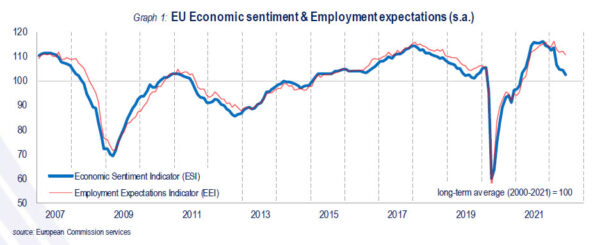
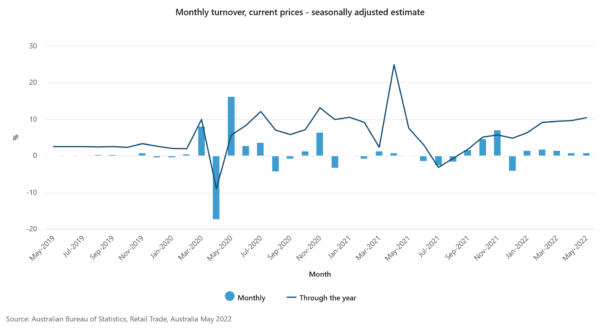
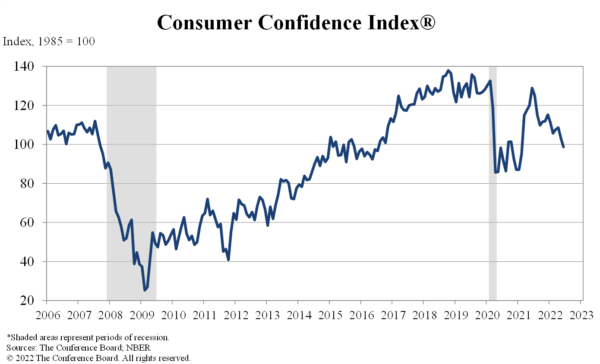
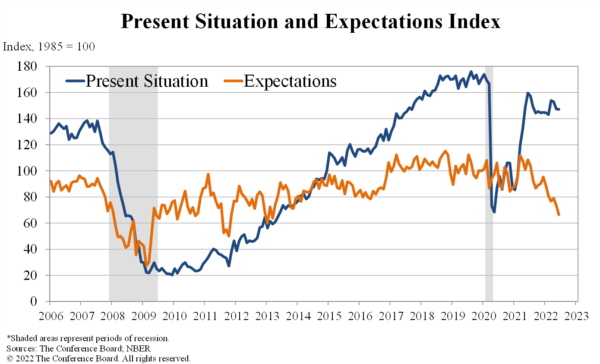
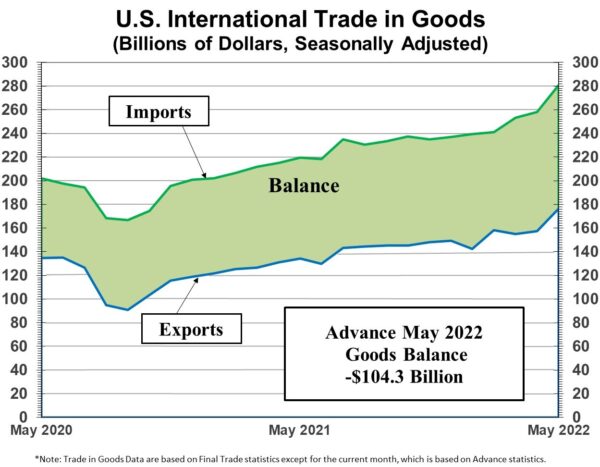
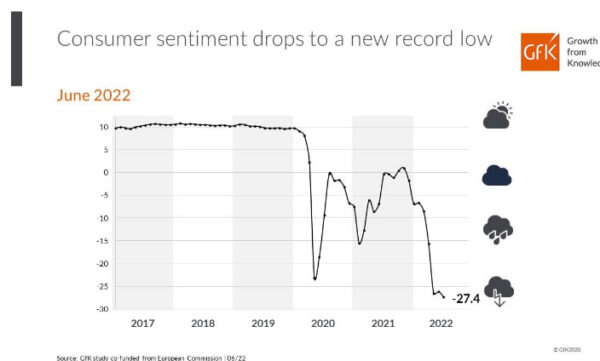
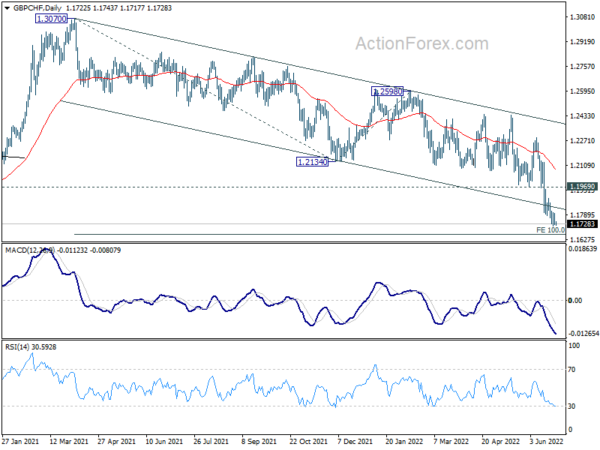
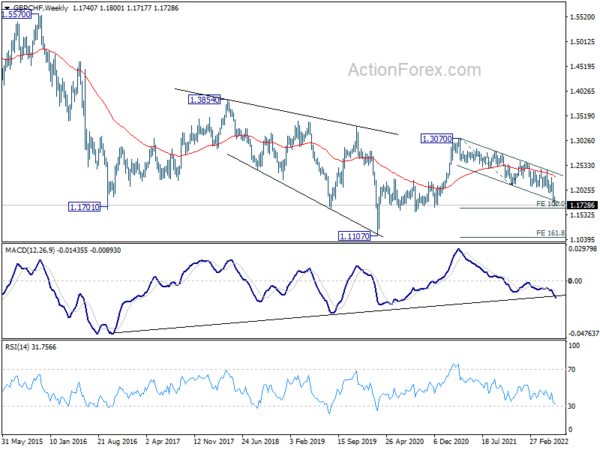
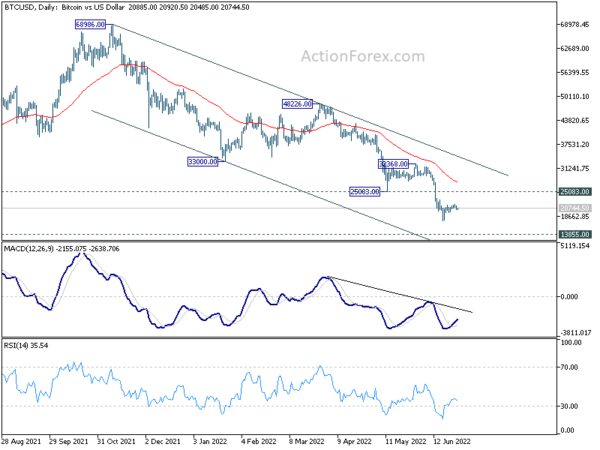
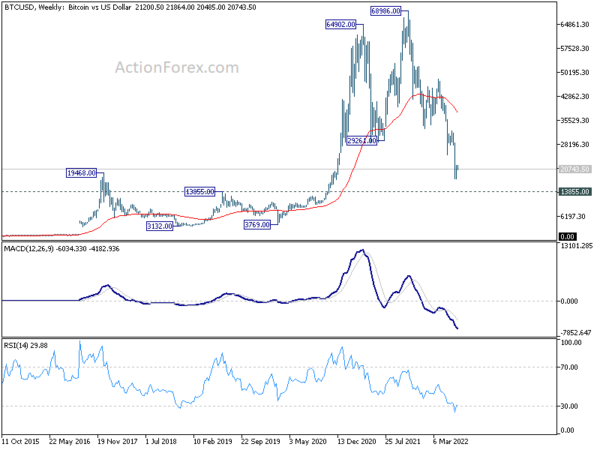
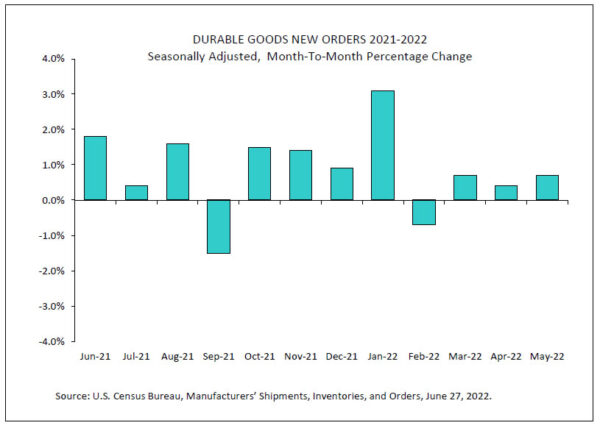
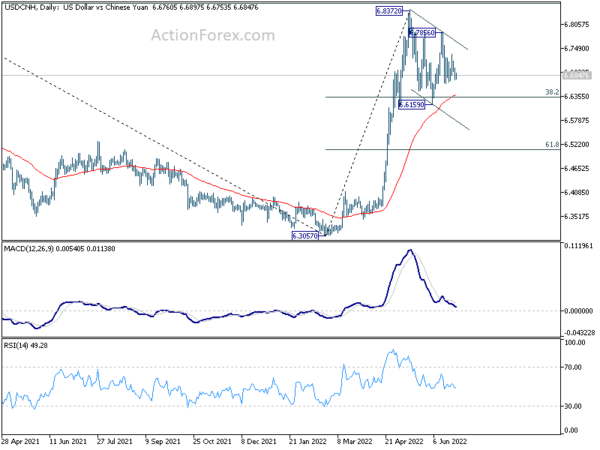
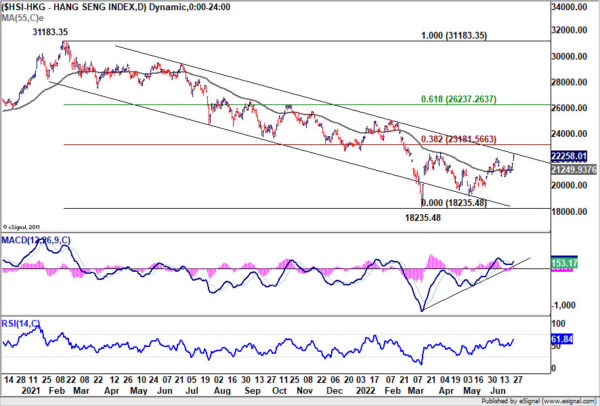

Japan industrial production dropped -7.2% mom in may, worst in two years
Japan industrial production dropped -7.2% mom in May, much worse than expectation of -0.3% mom. That was also the worst contraction in two years, since the -10.5% mom decline in May 2020.
The index of production at factories and mines stood at 88.3 against the 2015 base of 100. Index of industrial shipments dropped -4.3% mom to 89.0. Inventories dropped -0.1% mom to 98.5.
Nevertheless, manufacturers surveyed by the Ministry of Economy, Trade and Industry (METI) expected output to rebound 12.0% in June, followed by a 2.5% expansion in July.